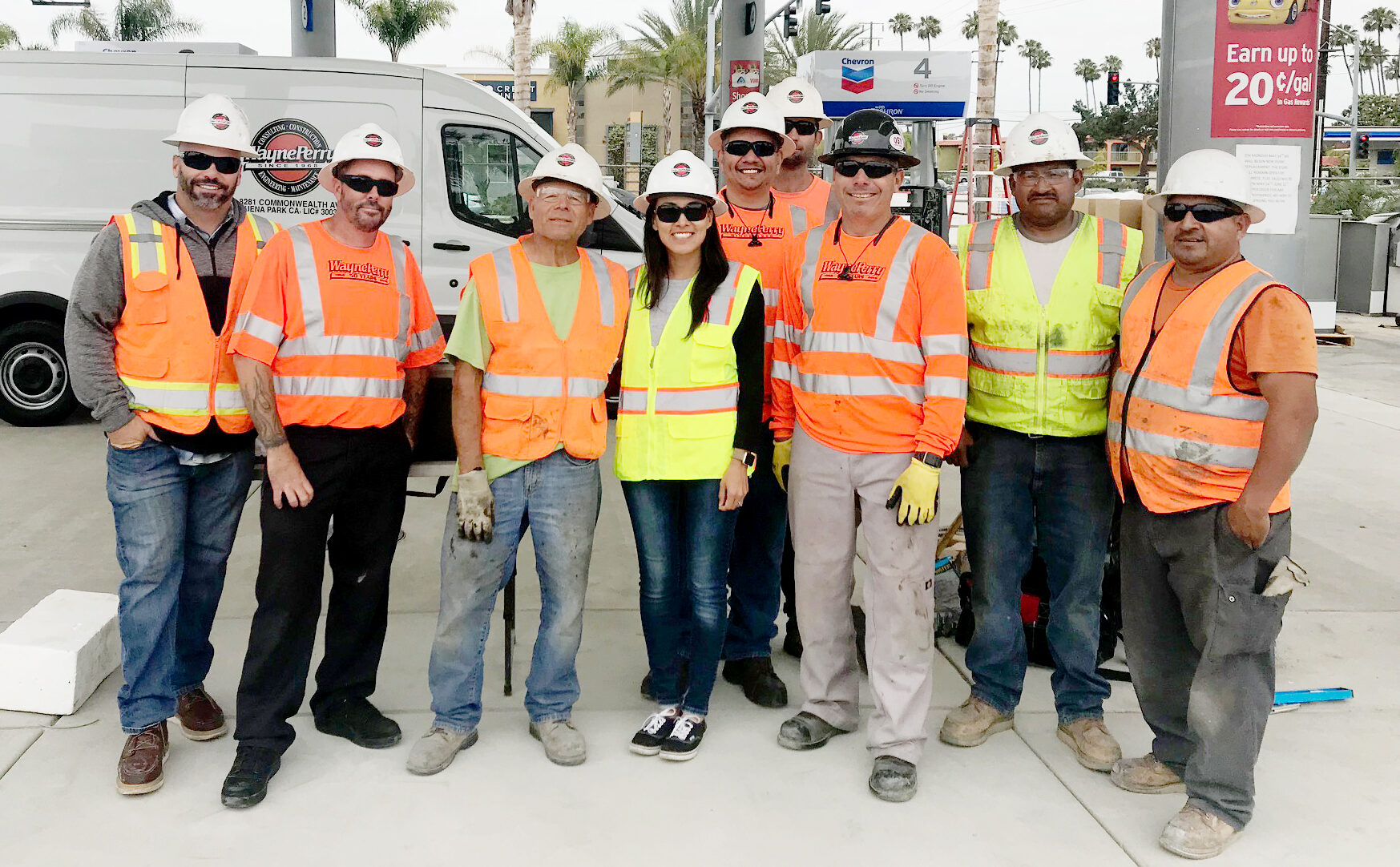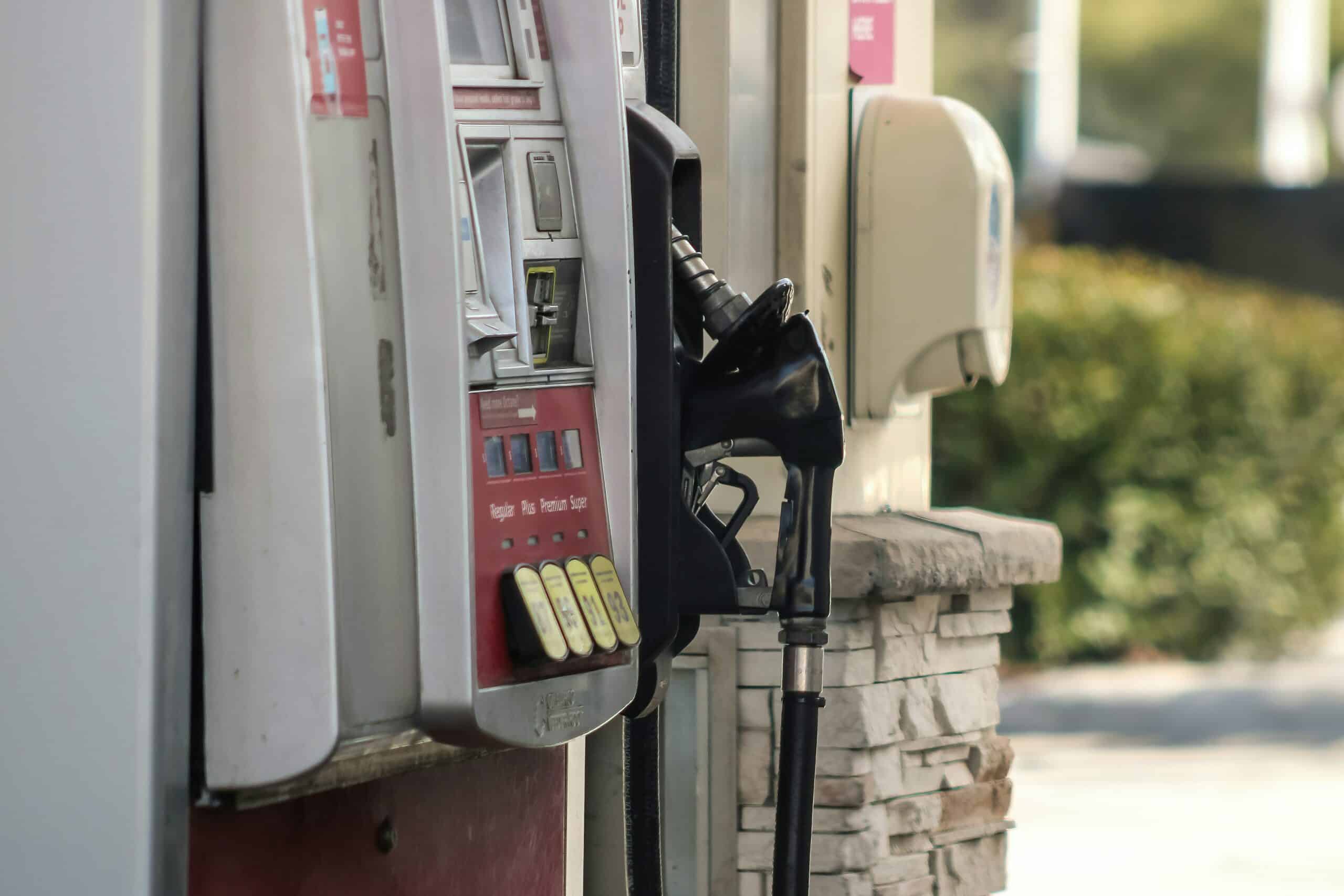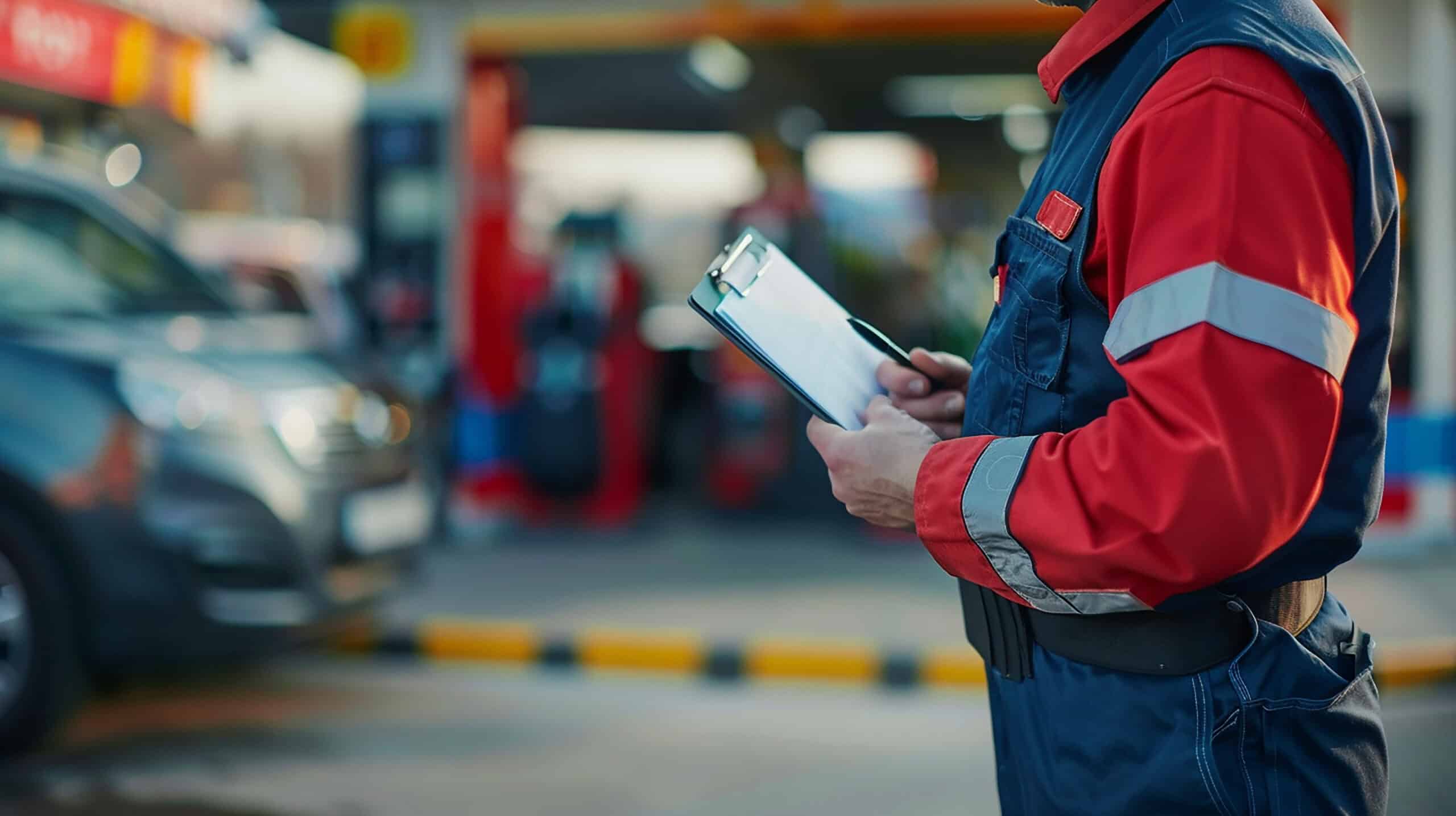California has embarked on a bold and ambitious journey to transition its trucking industry to zero-emission vehicles (ZEVs) over the next two decades. This shift is a pivotal step in the state’s pledge to combat climate change and reduce air pollution—a step rife with opportunities for creating a greener world and challenges posed by the complexities of scaling and financing the needed infrastructure.
The Imperative for Change
Home to some of the nation’s busiest commercial ports and congested highway systems, California plays a crucial role in the movement of goods across the United States and around the globe. The state’s key role as a transporter of transcontinental goods comes with a high price tag: the creation of vast amounts of air pollution and greenhouse gas emissions. In response, state legislatures have set ambitious targets for the state to transition to zero-emission trucks by 2045, aligning with its broader clean energy mandates.
The Current State of the Transition
The California Air Resources Board (CARB), the state’s air quality regulatory agency, has rolled out a comprehensive plan to transition medium and heavy-duty trucks to ZEVs. The Advanced Clean Truck (ACT) Regulation, adopted in 2020, requires manufacturers to gradually increase the percentage of zero-emission trucks in their sales over the coming years. This regulation requires truck manufacturers to make 9% of their sales zero-emission by 2024, increasing them to 50% by 2035 for Class 4–8 trucks, and 100% by 2045 for drayage trucks. This phased approach allows for a manageable transition while giving the industry time to adapt to the new regulations.
Infrastructure Challenges
One critical challenge in achieving the state’s zero-emission trucking future is the development of a robust infrastructure to support the commercial ZEVs. Unlike traditional vehicles, ZEVs require electric vehicle charging stations and alternative fueling stations such as liquid natural gas (LNG), biofuels, and hydrogen, but the current infrastructure is inadequate for the widespread adoption of these alternative fueling sources.
Financial Incentives and Public/Private Partnerships
To address the infrastructure issue, the state is investing heavily in the expansion of charging and refueling networks through the development of strategic partnerships with private entities who can develop the needed infrastructure along major transportation corridors and in key logistics hubs. Additionally, incentives are being offered to businesses willing to invest in building and operating these stations, ensuring a collaborative effort between the public and private sectors.
Recognizing the financial burden on businesses transitioning to zero-emission trucks, California also has introduced various incentives and grant programs. These programs aim to encourage fleet operators, gas station owners, municipalities, and others to invest in building the infrastructure for the cleaner technologies, including financial assistance to fleets and municipalities adopting zero-emission vehicles. For instance, fleet owners who buy their own zero-emission trucks and build their own charging or refueling hubs will be provided with financial incentives as utility providers build and scale the needed infrastructure.
An estimated 1,000 zero-emissions trucks will come online during 2024, eventually growing to up to 35,000 drayage vehicles operating at the ports of Los Angeles and Long Beach—two of the largest commodity ports in the country that process over one-third of all containerized trade along with trade coming in through bulk or tanker ships.
The Road Ahead
While California’s commitment to zero-emission vehicles is laudable, the road ahead poses substantial challenges. The state must continue to collaborate with industry stakeholders, invest in research and development, and refine its regulations and incentives to ensure a smooth and effective transition.
Public awareness and acceptance of zero-emission fleets and passenger vehicles is crucial. The state must engage in outreach programs to educate consumers, trucking companies, and the general public about the benefits of this transition, including reduced air pollution, lower operational costs, and job creation in the clean energy sector.
California’s trucking transition to ZEVs is a necessary step toward a sustainable and environmentally friendly future. A comprehensive approach, combining regulatory measures, infrastructure development, and financial incentives can establish the precedent for other regions of the country and the globe that face similar challenges. As California continues to refine its strategies and overcome obstacles, the success of its trucking transition could serve as a model for a cleaner, greener transportation industry around the world.





